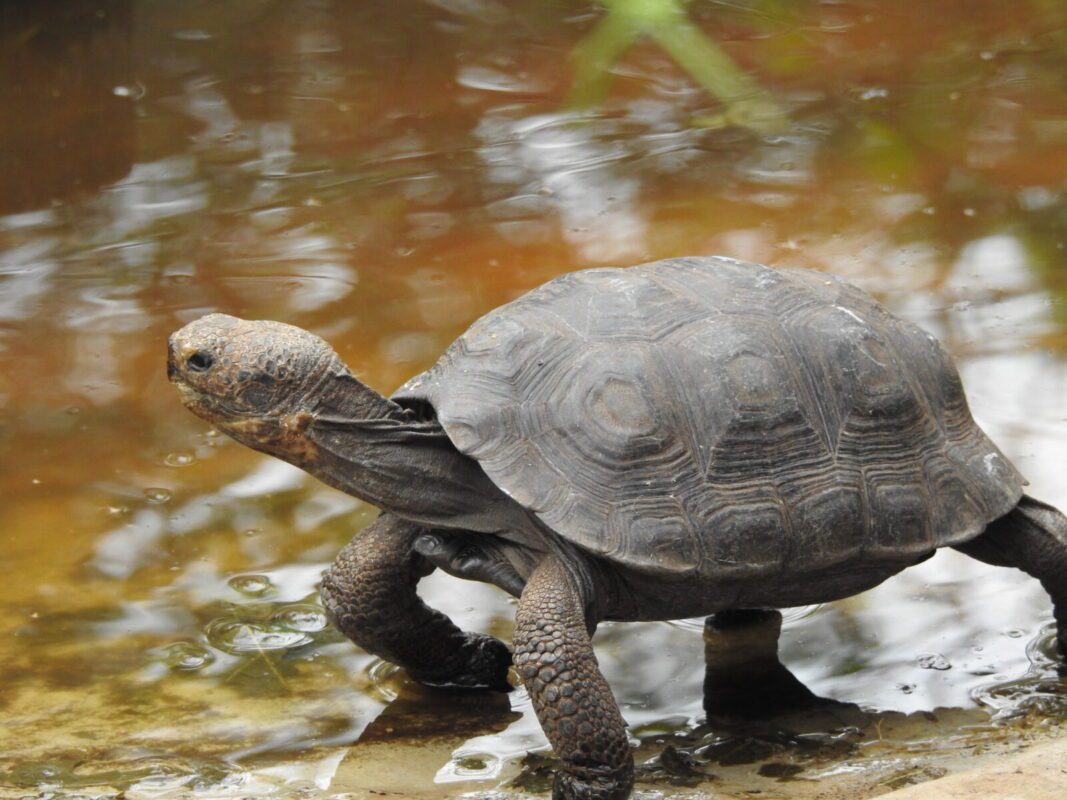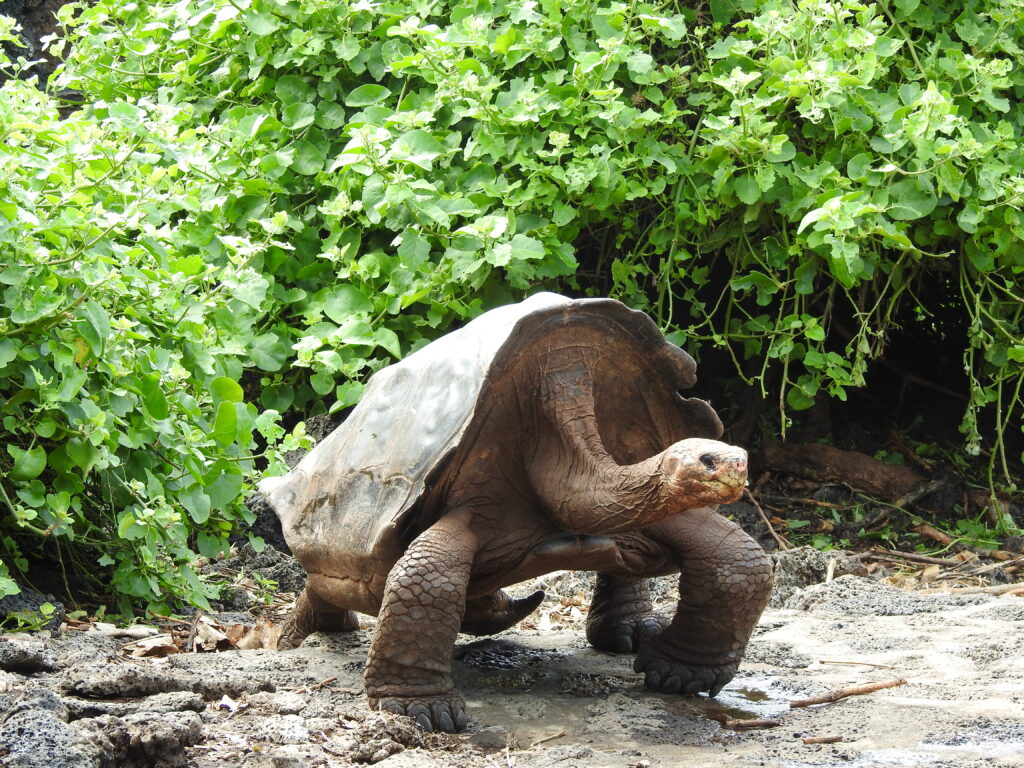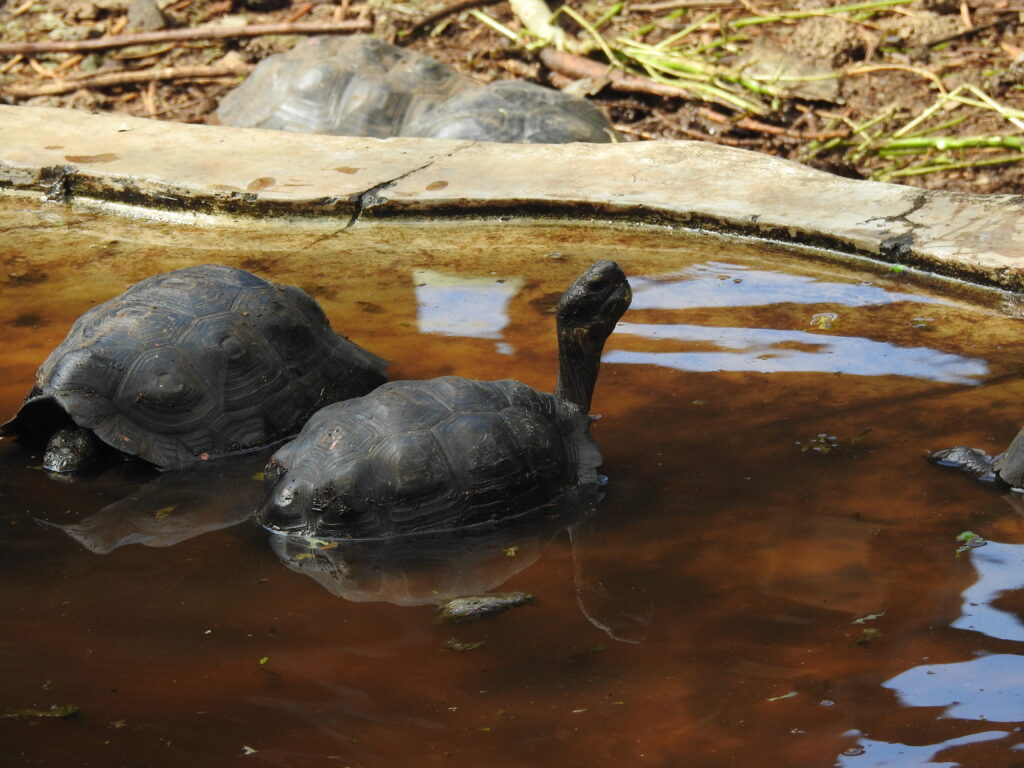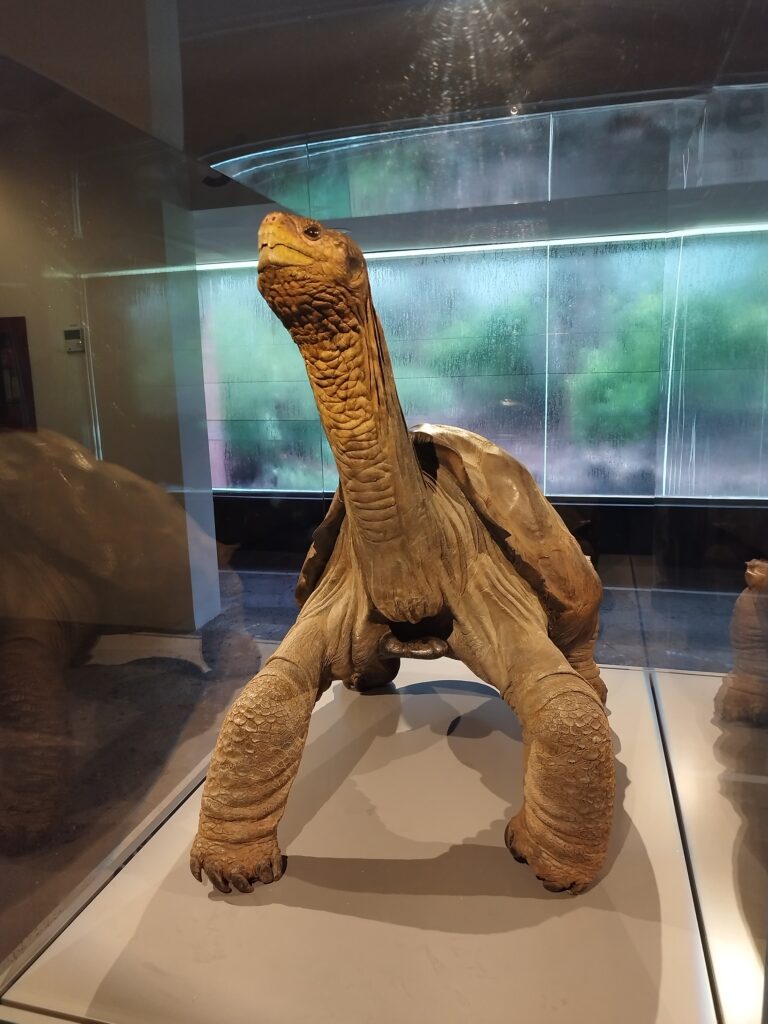
The Charles Darwin Station
Exploring Ecuador’s Biodiversity Gem: The Charles Darwin Station
Welcome to Ecuador Eco Adventure, where we strive to connect nature enthusiasts with the most captivating and environmentally significant destinations. In our latest expedition, we had the privilege of visiting the renowned Charles Darwin Station, a place where conservation and research converge to protect the unique Galapagos Islands and their fascinating inhabitants. Join us as we delve into the importance of this remarkable institute, its efforts in preserving endangered turtle species, and why it is a must-visit destination for our eco-adventure tours.

Preserving Biodiversity at Charles Darwin Station: Nestled on the picturesque Santa Cruz Island, the Charles Darwin Station stands as a beacon of hope for the conservation of the Galapagos Islands’ rich biodiversity. Established in 1959, the station plays a pivotal role in scientific research, environmental education, and habitat restoration programs. It acts as a guardian for the islands’ delicate ecosystems, ensuring the survival of numerous endangered species, including the emblematic giant tortoises.
A glimpse into Turtle Conservation: One of the most awe-inspiring aspects of the Charles Darwin Station is its dedication to preserving and rehabilitating Galapagos turtle species. Here, visitors can witness firsthand the conservation efforts aimed at protecting the Galapagos Giant Tortoise and other vulnerable turtle species, such as the Green Sea Turtle and the Hawksbill Turtle.
Incubating Eggs and Early Turtle Springs: At the station’s Tortoise Breeding Center, visitors are treated to a truly remarkable sight. Here, scientists and conservationists carefully incubate turtle eggs, mimicking the natural conditions found in the Galapagos. The process involves creating controlled environments to ensure successful hatching, providing a safe haven for the vulnerable hatchlings until they are ready to be reintroduced into the wild.

Throughout the year, lucky visitors may also witness the magical phenomenon of turtle spring. During this period, the newly hatched turtles embark on their journey from the breeding center to the ocean. This incredible event showcases the station’s commitment to the conservation of these majestic creatures and the preservation of their natural habitat.
Why Include Charles Darwin Station in Our Tours: Including a visit to the Charles Darwin Station in our eco-adventure tours is not only a unique experience but also an opportunity to support vital conservation initiatives. By witnessing the remarkable work done at the station, our guests gain a deeper understanding of the importance of protecting these extraordinary islands and their diverse wildlife. It is a chance to contribute directly to sustainability efforts and help ensure the survival of endangered turtle species for generations to come.
Moreover, the Charles Darwin Station offers an educational journey, allowing travelers to learn about the Galapagos’ evolutionary history, the interdependence of species, and the critical need for environmental stewardship. It instills a sense of responsibility and encourages a more sustainable approach to travel and exploration.
Lonesome George
Lonesome George was a Pinta Island tortoise (Chelonoidis abingdoni) and was known as the last surviving individual of his subspecies. He achieved worldwide fame as a symbol of conservation and the urgent need to protect endangered species. Lonesome George lived on the Galapagos Islands, specifically on Pinta Island, and became an icon of the island’s biodiversity.
Lonesome George was discovered in 1971 by a Hungarian scientist, and efforts were made to find a mate for him to ensure the survival of his subspecies. However, despite extensive searching, no female Pinta Island tortoise was found. As a result, Lonesome George became the last of his kind, earning his name due to his solitary existence.

Efforts were made by the Charles Darwin Research Station and various conservation organizations to breed Lonesome George with closely related subspecies to preserve his genetic material and potentially reintroduce Pinta Island tortoises into their native habitat. Unfortunately, these attempts were unsuccessful, and on June 24, 2012, Lonesome George passed away, marking the extinction of the Pinta Island tortoise subspecies.
Lonesome George’s story served as a powerful reminder of the impact of human activities on fragile ecosystems and the urgent need for conservation. His legacy continues to inspire efforts to protect endangered species and preserve the unique biodiversity of the Galapagos Islands. The Charles Darwin Research Station and other organizations have since focused on preserving and restoring the habitats of other endangered tortoise species in the Galapagos, aiming to prevent similar tragedies from occurring.
Lonesome George’s story is a poignant reminder of the importance of conservation and the collective responsibility we have to protect and preserve our planet’s incredible diversity of life. His memory lives on as a symbol of the need for proactive conservation efforts to safeguard endangered species and their habitats for future generations.
As eco-adventure enthusiasts, we are privileged to have witnessed the extraordinary work of the Charles Darwin Station. Its commitment to preserving endangered turtle species and promoting ecological sustainability aligns perfectly with our mission at Ecuador Eco Adventure. By including the Charles Darwin Station in our tours, we provide our guests with an unforgettable experience while actively contributing to the conservation of the Galapagos Islands’ natural wonders. Join us on this extraordinary journey, and together, let us safeguard the legacy of these magnificent creatures and their habitats for future generations.
General Manager and Founder. National guide and wildlife expert, photographer of wildlife, and afficionado of history. Wlady is a proud Ecuadorian who went to highschool in New Zealand and started of Ecuador Eco Adventure after meeting his Aussie mate Jake while studying ecotourism at uni. Ask us about how to climb Cotopaxi and Climbing Chimborazo as well as Trekking in Ecuador and Yasuni Amazon Tours.

